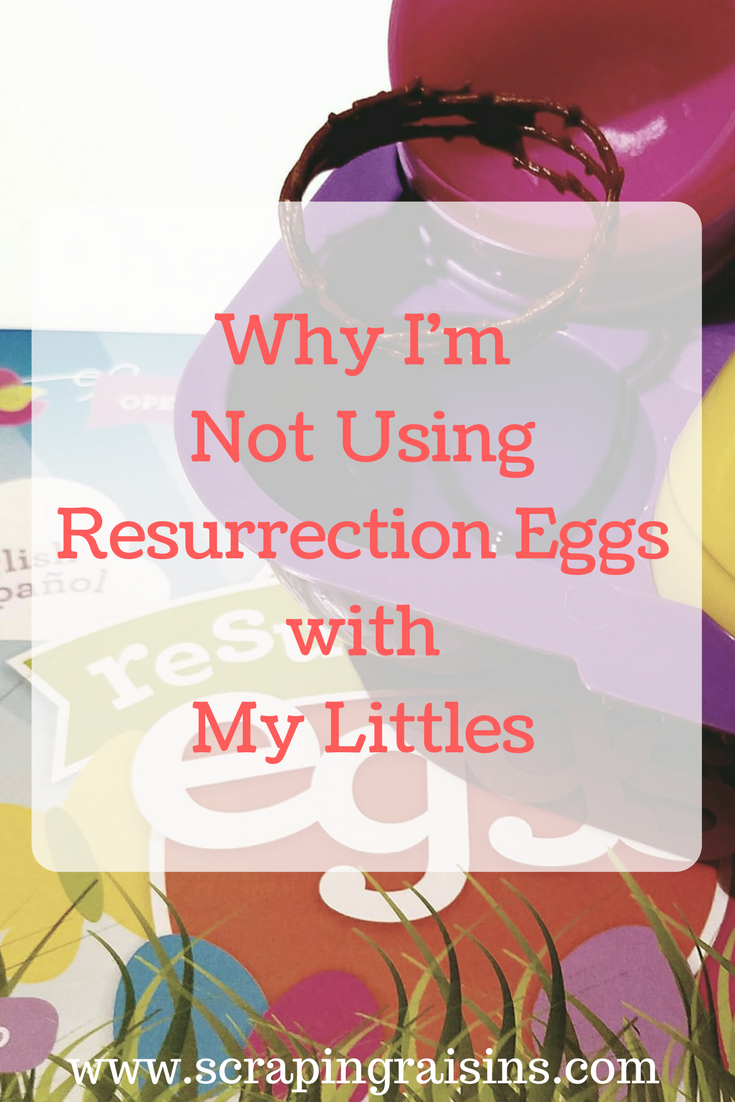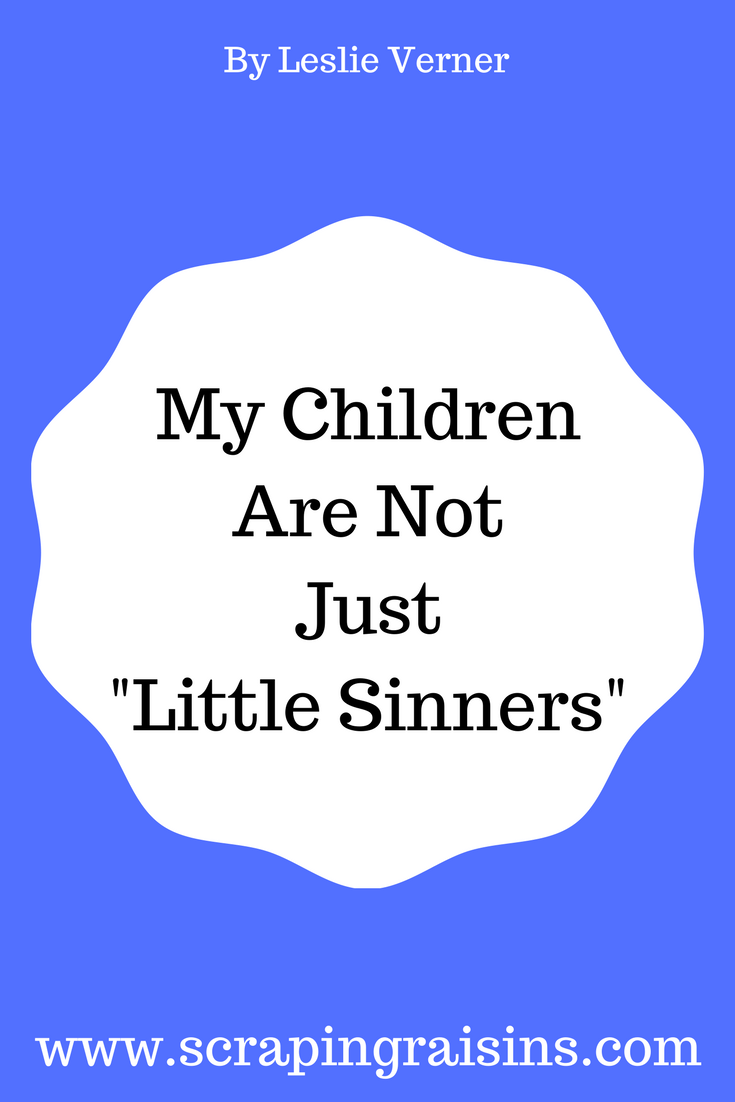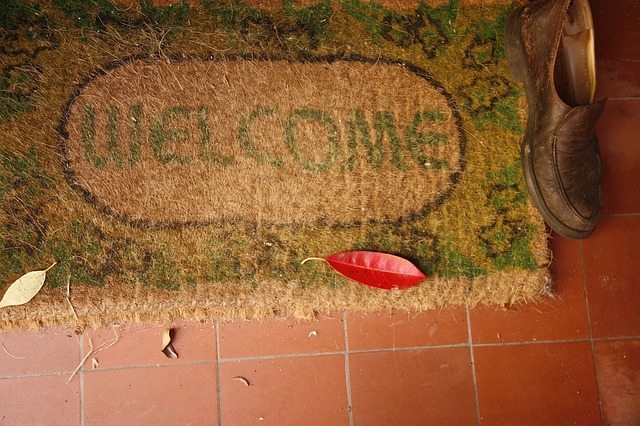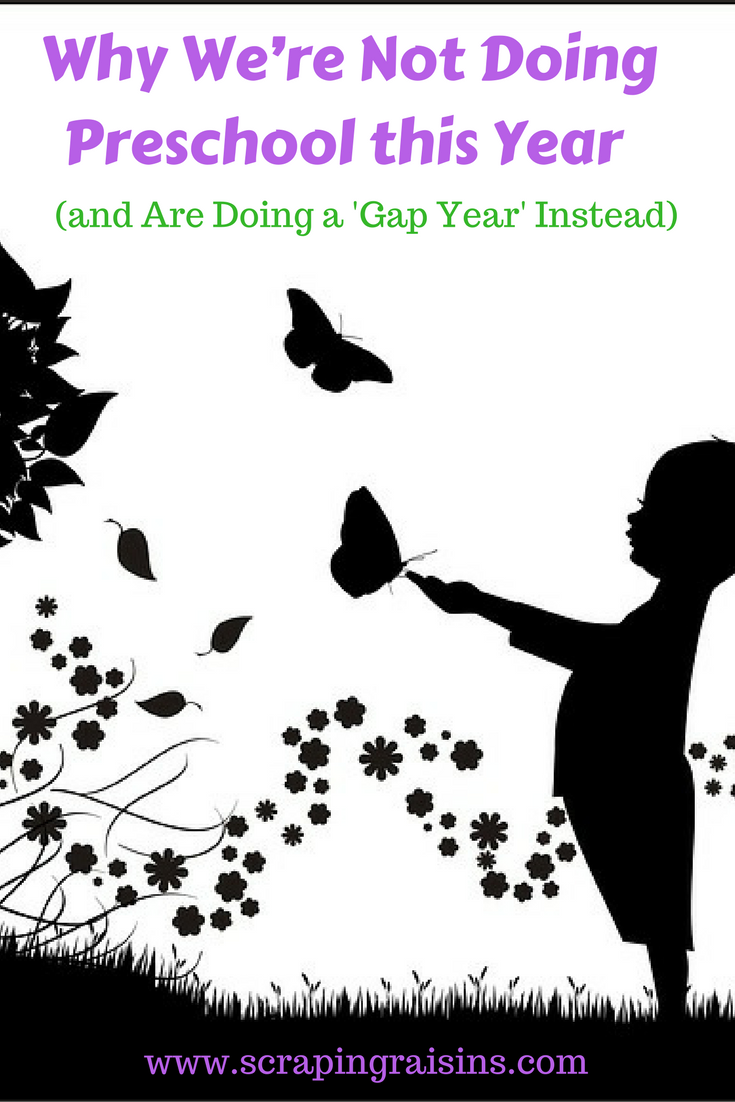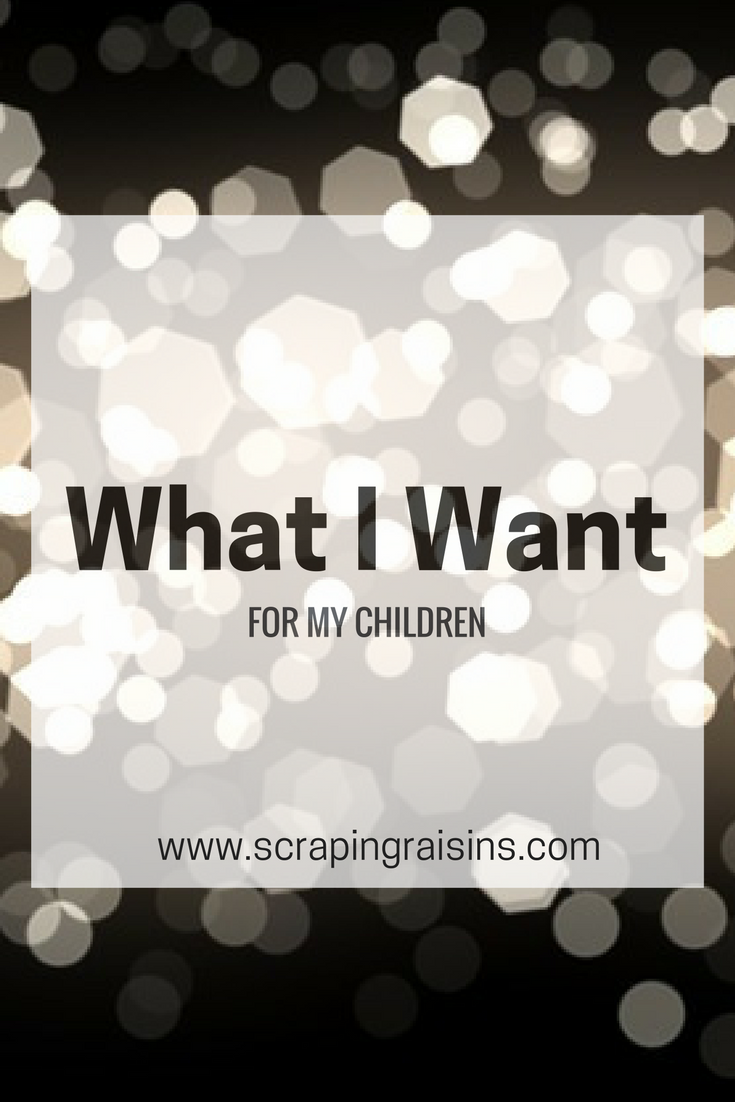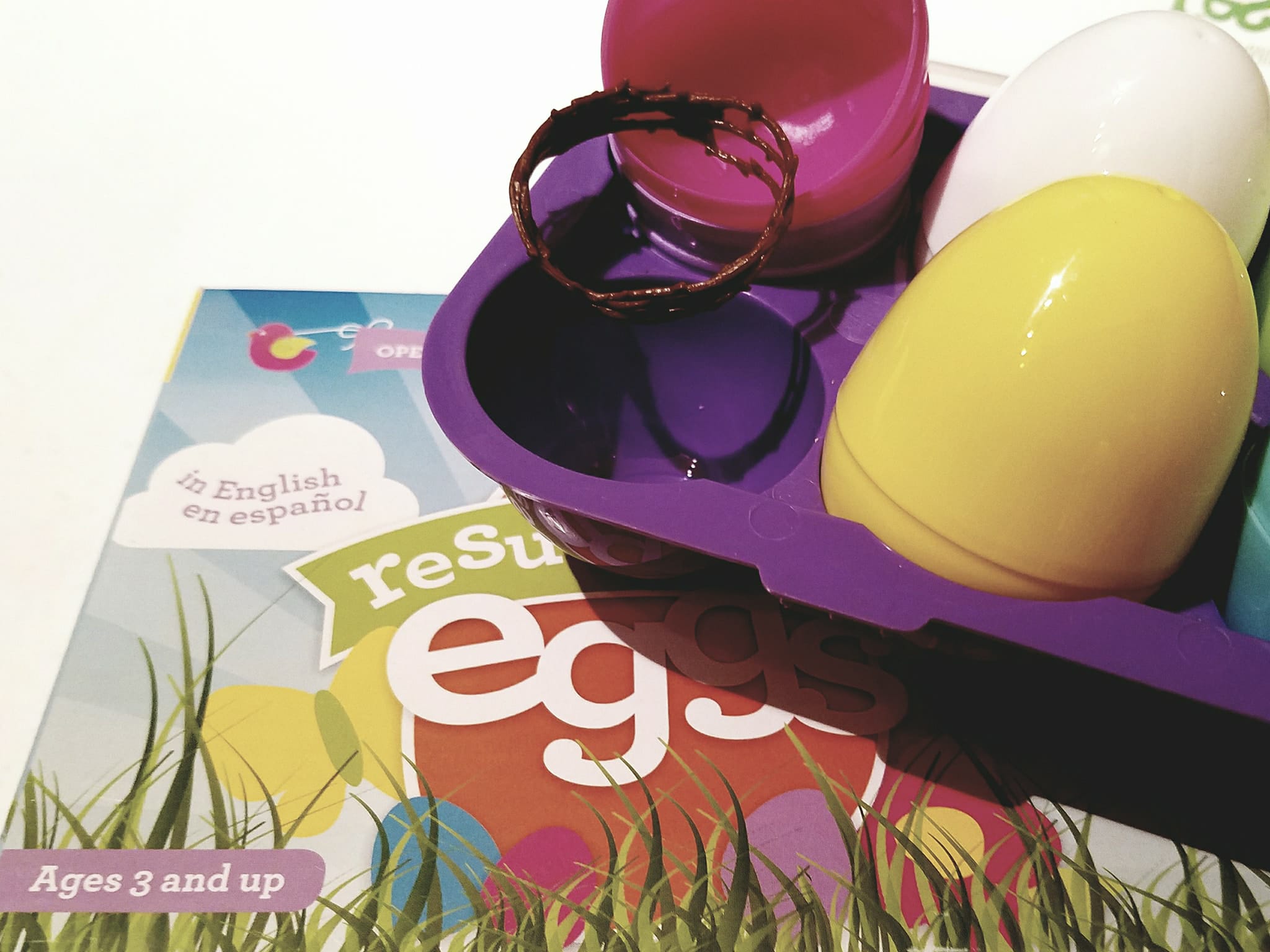
The “resurrection eggs” I ordered online arrived late last year, so I didn’t open each colored plastic egg before my two and four year olds did. Sitting cross-legged on the carpet, we opened them all at once. I grew increasingly uneasy as we continued. Opening the green egg, my daughter pulled out a whip.
“What’s this?” she asked. My son immediately tried to steal it from her and she clutched it to herself.
“It’s a whip. Bad men whipped Jesus with this. Let’s look at the story book,” I said, hoping for guidance. The picture demonstrated what a whip does.
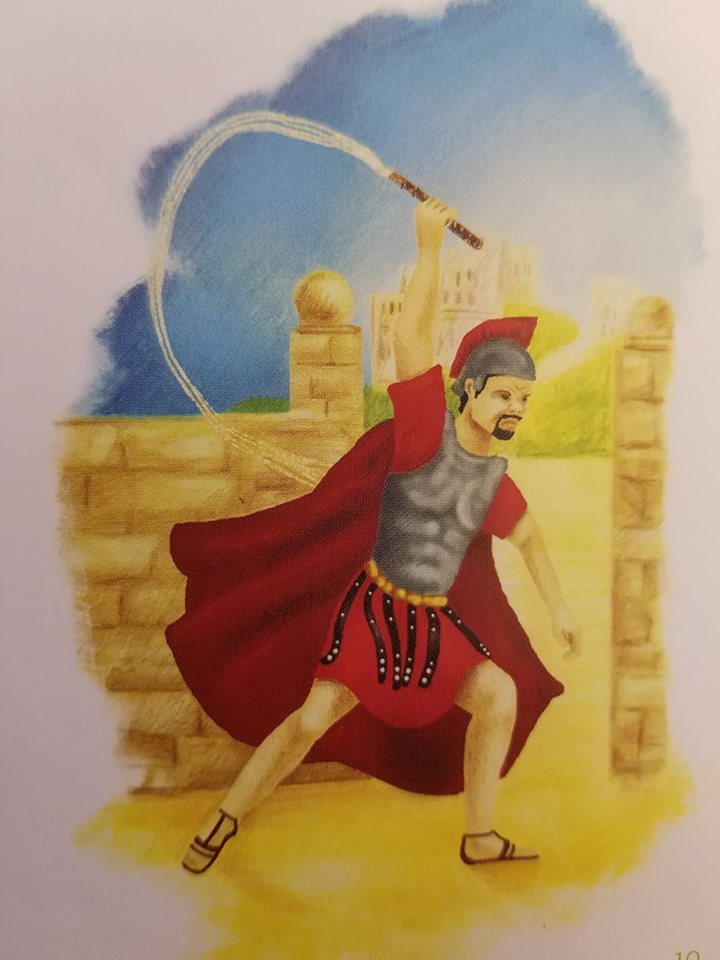
The next egg, the yellow egg, was innocent enough—a rooster stood for Peter denying Jesus, but when it was my two year old’s turn again, I felt ill when she opened the orange egg and pulled out a tiny, doll-sized crown with spikes—the crown of thorns. With her big blue eyes and wispy blond hair, she looked to me again to explain this interesting object to her.
How could I begin to tell a two year old about the violence Jesus endured? And did I even want to? Was it necessary at such a young age to know?
At this stage in my children’s life, they didn’t even know to accuse someone of being “dumb” or “stupid.” They didn’t know the word “hate” until this past year, so shattering their innocence about humanity’s capabilities for evil felt like a conversation I wasn’t prepared to have.
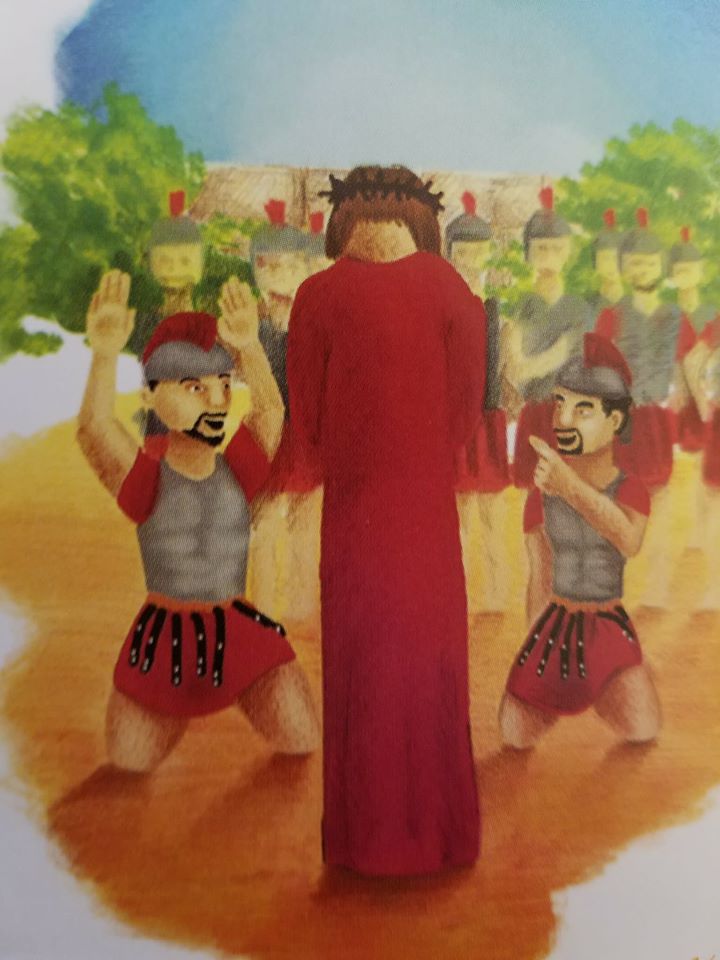
“My turn, my turn!” my son said, reaching for the light green egg. Inside was a shiny metal nail. I flipped ahead to the last few pages just so I’d know if any other torture devices would appear that I’d have to explain to my tiny children.
The last objects were a spear, a tiny linen cloth, and a stone, but in the picture, the Caucasian angel is sitting on top of the stone and two Middle Eastern-looking soldiers lie dead in front of the tomb. I didn’t remember Jesus (or the angel) murdering the guards when he rose from the grave to save us all, but the story goes that they fell down in fear “as though dead.”
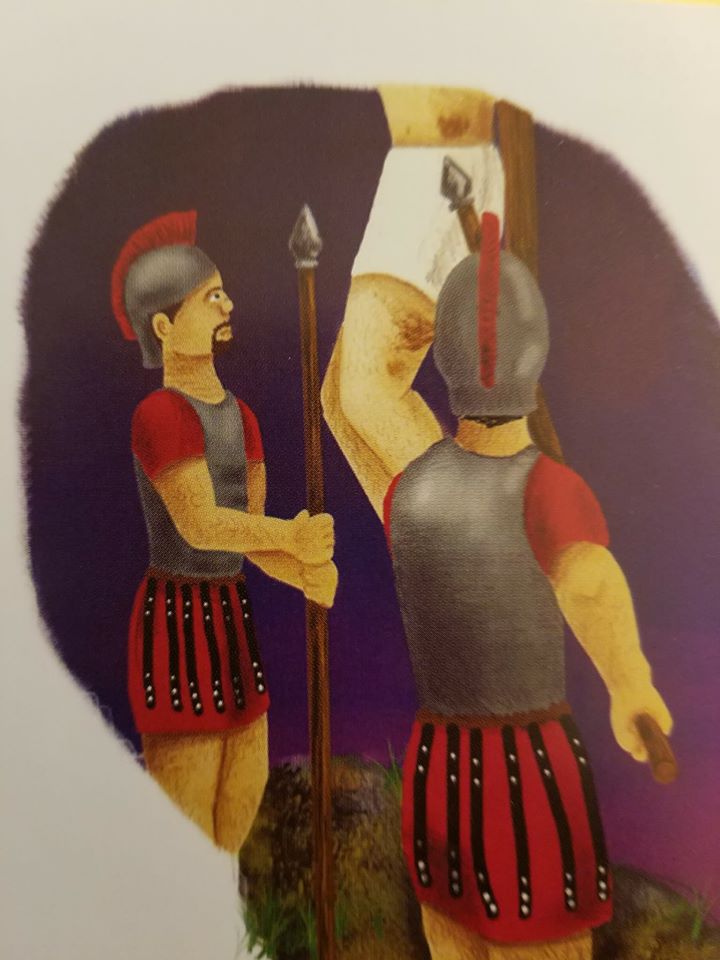
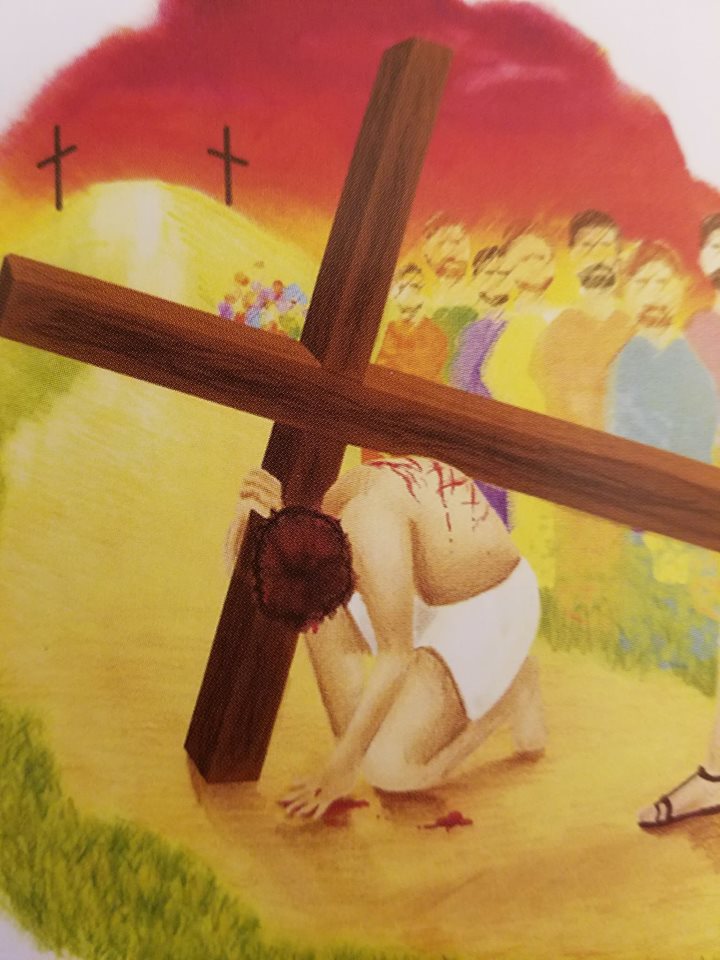
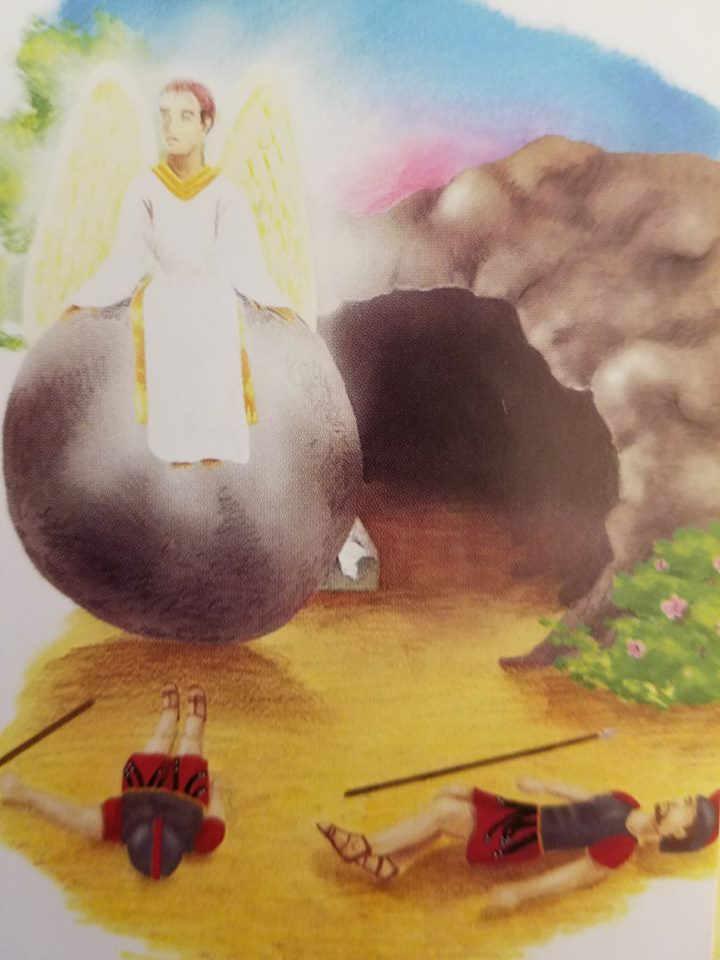
For the first time in my life, I grasped the violence of this story Christians tell over and over again as I saw it through the eyes of my children. In fact, since I’ve become a parent, I’ve cringed at the Bible stories we regularly teach our children. I’ve become aware of my own hypocrisy, because while I won’t even let them watch certain tame kid shows because there is a slight bit of ninja fighting, I teach them about murder on a weekly basis through all the classic Sunday school stories.
I thought through the litany of stories my children have already been exposed to: David and Goliath (a small boy kills a giant with a stone), Noah (everyone in the world who doesn’t listen to Noah and get in the ark drowns), Joshua (the Israelites circle the city, then shout and invade, presumably killing everyone), Daniel (he’s thrown into a den with blood-thirsty lions), Isaac (Abraham is about to sacrifice his own son when God saves him—try explaining THAT one to your four year old son).
When I picked up my daughter from Bible study the week before Easter, I cringed when I saw the “craft” they had made. On pre-made paper hands, my daughter had dipped her fingers in red paint and put her finger print on the palms of the paper hands. Her “craft” was to paint blood on the hands of Jesus where his hands were pierced with nails. I should have said something to her teacher, but I didn’t. She smiled and waved bye to us. “Have a great Easter!” she said happily.
Sometimes I wonder if children who grow up going to church are more desensitized to violence than other children because we expose them to it from such a young age. Talk of whips, nails through hands, thorns crushing someone’s forehead and blood spurting out become such common scenes that they don’t grasp the actual horror of murder and crucifixion.
So this Easter we’re not doing the resurrection eggs. Though the box says “3 and up,” they are not G rated or even PG rated, so we’ll wait until they are old enough to hold an object of torture in hands that are not so tiny. I want my kids to be horrified and sickened by evil, hatred, and violence, not immune to it like I have become.
For this Easter, I ordered a book without pictures, called Good Dirt: Lent, Holy Week & Easter Tide. Though it’s still geared towards slightly older kids and talks about the death of Jesus, it is more focused on the joy of resurrection than on the mutilation of Jesus at the cross.
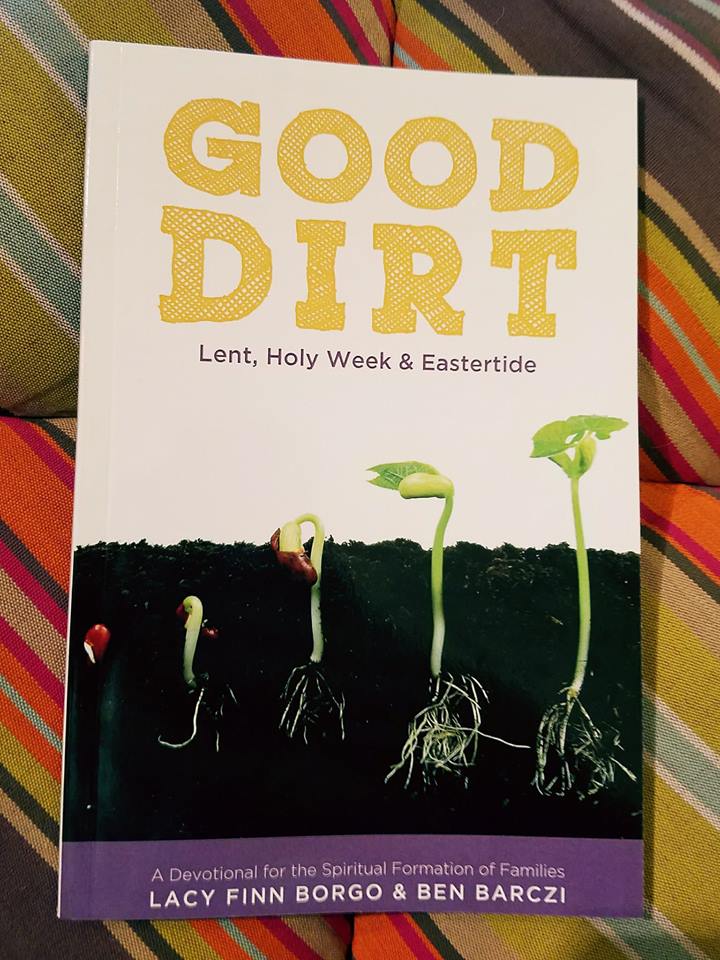
Just a few weeks after 17 teenagers were murdered by a young boy with an assault rifle at a Florida high school, my three year old daughter will not be holding weapons in my home this Easter—even doll-sized ones. This year, we will simplify Easter to palm branches and Easter egg hunts, candy and celebrating new life, songs, dances and ringing bells as despair gives way to the empty tomb and hope.
When and how do you teach your children about the crucifixion in an age-appropriate way?
***
 Thank you for meeting me here in this space. The theme for March is “Simplify,” so you can start here to read posts you may have missed. If you are a writer or just a person with words burning in your soul and are interested in guest posting, email me at scrapingraisins@ gmail (dot) com. I’m looking for personal stories on this theme in the 500-1000 word range. If you haven’t yet, be sure you sign up for my mid-month and monthly secret newsletter for the latest posts and even some news, discount codes and book giveaway information that only Scraping Raisins subscribers get!
Thank you for meeting me here in this space. The theme for March is “Simplify,” so you can start here to read posts you may have missed. If you are a writer or just a person with words burning in your soul and are interested in guest posting, email me at scrapingraisins@ gmail (dot) com. I’m looking for personal stories on this theme in the 500-1000 word range. If you haven’t yet, be sure you sign up for my mid-month and monthly secret newsletter for the latest posts and even some news, discount codes and book giveaway information that only Scraping Raisins subscribers get!
Sign up for the Mid-month Digest and Secret Newsletter Here:
**Contains Amazon affiliate links
